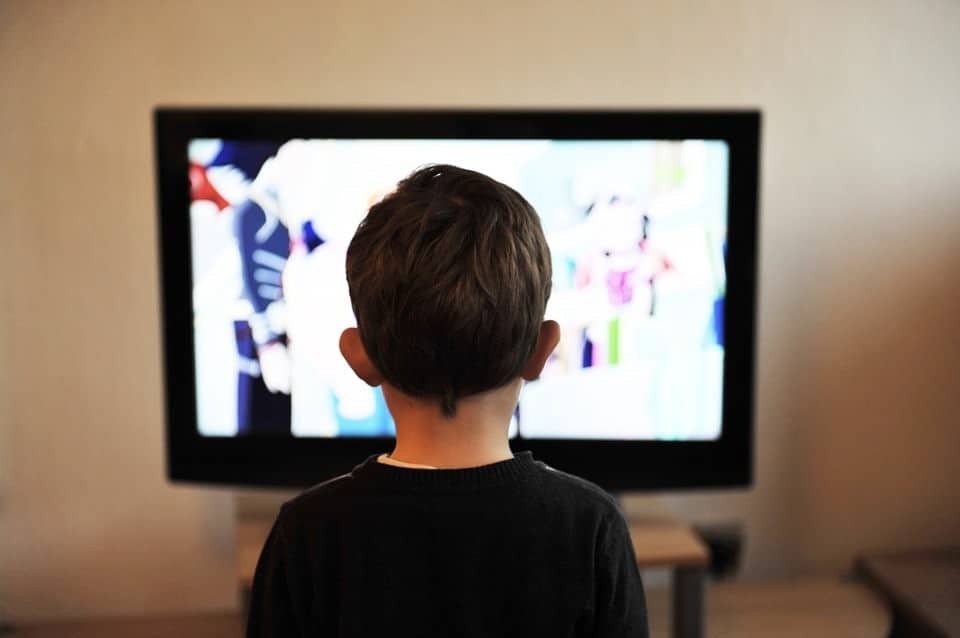There’s some good news for families with young learners who tend to see reading as a chore. Getting reluctant readers to commit to more than a few obligatory homework passages of reading might seem like pulling teeth. But turning on captions for a beloved program is a small change that can have huge benefits and make the most of screen time.

Campaigns like Read Captions Across America Day have worked for years to help publicize and popularize the benefits of captions. Read Captions Across America (RCAA) Day is celebrated every year at the beginning of March (this year it’s March 2), in conjunction with the more widely known Read Across America Day. Both celebrations share the goal of promoting literacy, but RCAA Day does so with the angle of encouraging the use of captions to increase literacy skills and reading.
Captions are necessary for making sure video content is accessible for deaf and hard-of-hearing viewers. But RCAA Day and campaigns like the UK’s Turn on The Subtitles (TOTS) cite how research has shown the benefits of captions for all children. Captions can be especially helpful for those just learning to read, those who may be struggling with reading, and second language learners of all ages.
Seeing captions displayed while their favorite characters speak the words helps children to work on their decoding skills – in short, what turns their knowledge of ABCs into correctly pronouncing and identifying words. Hearing the words spoken with appropriate inflection and differing tones while also seeing them displayed via captions can help children better understand context and the meaning of words.
As the vast array of networks and streaming platforms means new children’s programs continue to debut, it’s encouraging to know that literacy skills can be developed while watching almost any program with the simple use of captions. Captions can help families make the most of screen time. Happy Read Captions Across America Day!




